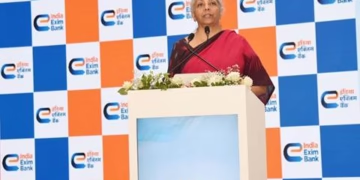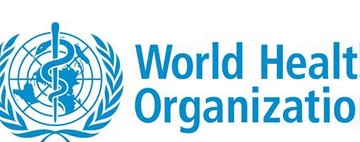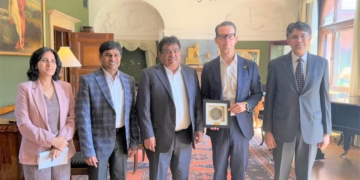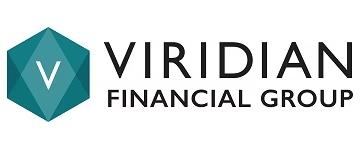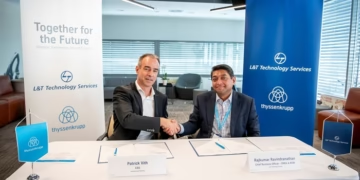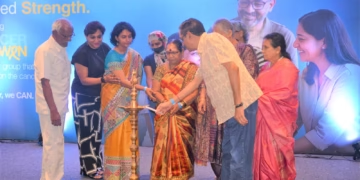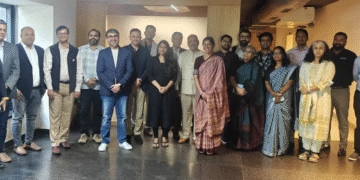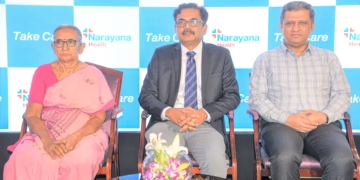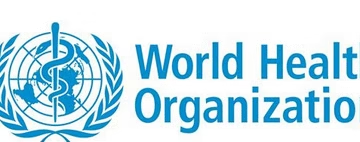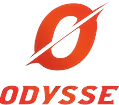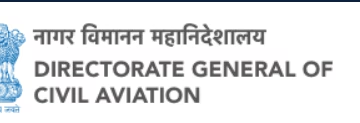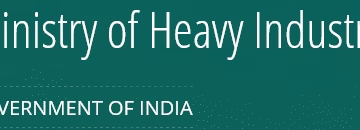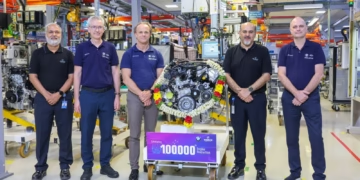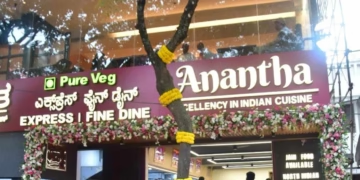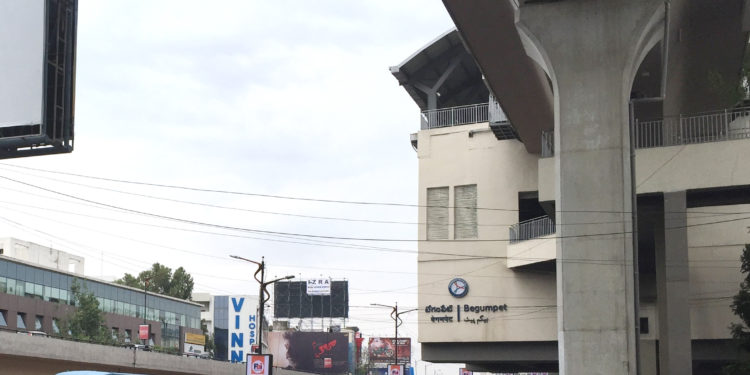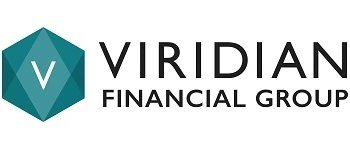Jun. 08, 2018
The Toyota Mobility Foundation (TMF) and the World Resources Institute (WRI) have agreed to work together to enhance metro accessibility through multi-modal mobility solutions in six Indian cities over the next three years, from 2018 to 2021.
This project is an extension of the methodology developed by TMF and WRI for Bengaluru, India, which was implemented from December 2016 through 2017. The methodology, termed STAMP (Station Access and Mobility Program), combines four measures.
Main Project Activities
- Utilizing data to identify accessibility issues to and from metro stations
- Hosting workshops, sharing best practices, and coaching stakeholders for capacity building
- Conducting solution challenges for Information Technology (IT) engineers, other entrepreneurs, and citizen groups
- Testing solutions, validating effects, and sharing results
TMF and WRI agreed to conduct projects in two Indian cities per year over the next three years, from 2018 to 2021. They will test solutions in mega cities and tier 2 cities to identify the optimal ones for their unique, local mobility issues. Their intention is to create a resource that combines determinants of success and challenges for implementation gleaned from the projects in Bengaluru and the 6 new cities. This resource will support the Indian government as the determine future city and transportation planning policies and practices.
Valuing the expertise of local IT entrepreneurs to identify additional last-mile solutions to access the metro, the next city TMF has identified for STAMP is Hyderabad.
Hyderabad has experienced rapid urban growth and development, in part, due to its status as an IT hub. In fact, the city is often called “Cyberabad” or “Cyber City.” This surge has powered the economy, but it has also resulted congestion and limited access to mobility. To overcome these issues, the city has invested in a public transport metro system within the city and aims to expand its reach and enhance its ridership.
In this project, TMF and WRI will use the STAMP methodology to bring together ideas from technology and service providers, mobility entrepreneurs, NGOs, corporations, and citizens in order to co-create solutions for improving first and last mile metro connectivity.
Shigeru Hayakawa, President of the TMF Secretariat and Vice Chairman of the Board of Directors of Toyota Motor Corporation, said “I am very thankful that we received requests from many cities in India to implement mobility projects. As we launch in Hyderabad, we will continue to partner with various stakeholders including the city government, NGOs, and IT entrepreneurs and make full use of the learnings from our previous project. Through the continuous implementation of projects in six cities over the next three years, we would like to contribute to the realization an ever better mobility society by identifying opportunities to integrate public and private mobility in India.”
Acknowledging support of the project, Mr. Shekar Viswanathan, Vice Chairman & Whole-time Director of Toyota Kirloskar Motor, said “As one of the fastest growing economies in the world, India is witnessing rapid migration driven by urbanization coupled with a growing infra-network. Though a sign of progress, this also brings challenges of last-mile connectivity. We welcome TMF and WRI’s efforts to enhance the accessibility of Metro transit in line with our National and State Government intention. The expansion of this successful mobility program to the city of Hyderabad furthers adopting integrated solutions for enhanced accessibility of metro transit. This supplements our approach on traffic safety and social contribution in our aim to be the best company in each town we operate in.”
Dr. O.P. Agarwal, CEO, WRI India, observed “Access to mass transit systems has often been a major issue in many Indian cities. Metro systems can be more effective, if efficient first and last mile connectivity is established, providing access to a larger population. If there is safe, efficient and seamless connectivity to and from the Metro stations, it will not only be used, but will also boost the ridership of these high capacity systems.”

